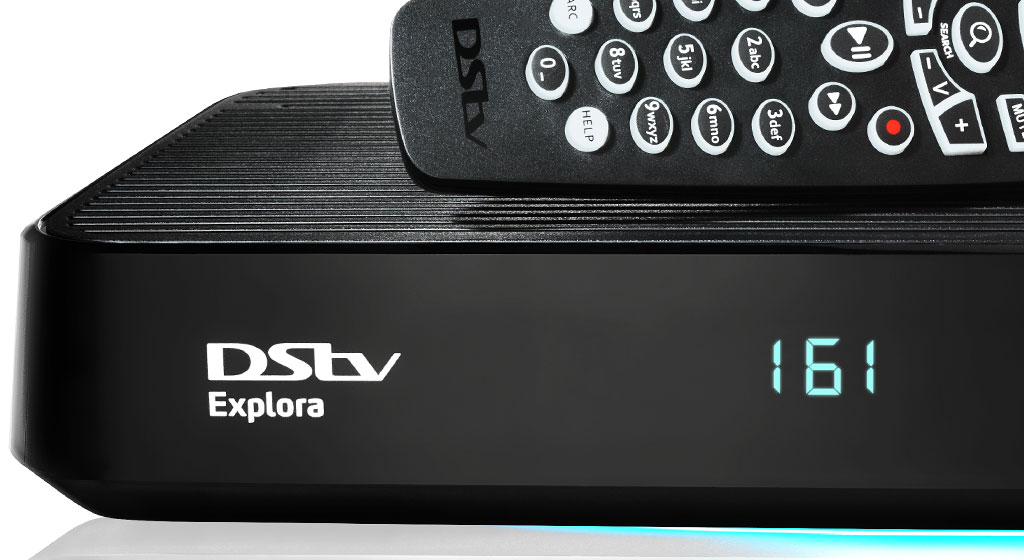 Both Wi-Fi and microwave technology came from unexpected experiments. And using technology to manipulate radio waves to transmit Internet data isn’t new. But these radio waves are becoming congested, and so more expensive. Now a technology is beginning to mature which creates huge efficiencies in how radio waves can be used, and shared.
Both Wi-Fi and microwave technology came from unexpected experiments. And using technology to manipulate radio waves to transmit Internet data isn’t new. But these radio waves are becoming congested, and so more expensive. Now a technology is beginning to mature which creates huge efficiencies in how radio waves can be used, and shared.
Dynamic spectrum management functions like the auto-focus on a camera. But instead of image clarity, it maintains the quality of the data being broadcast — think crisper WhatsApp calls, or no buffer on a YouTube video. One challenge is that data broadcasts are being buffeted not only by climatic conditions, but also legal ones.
Radio waves, which are used to broadcast TV signals, radio signals as well as Internet data, are regulated locally by the Independent Communications Authority of South Africa (Icasa). And the spectrum of radio waves assigned to transfer data is traditionally divided up and auctioned off to deep-pocketed mobile network operators, which amortise the price and make customers pay it back.
This system has allowed South Africa’s mobile operators to further invest many billions of rand to broadcast GSM signals throughout the country and successfully place a cellphone into the hands of the vast majority of South Africans.
However, as Steve Song points out, since 2013 Africa hasn’t been able to host a successful spectrum auction. In South Africa, that date is 2010. The traditional model of licensing expensively auctioned spectrum isn’t bringing about the Internet access that Africa’s economies need to pivot into a knowledge economy.
Obviously, without access to new spectrum, the market will continue to crowd existing licensed and unlicensed bands. Boosting network signal strength mitigates the resulting interference, but this keeps operational costs high.
Beyond reduced operating costs, using spectrum far more efficiently will enable the telecoms sector to stand under the expected demand from an environment where soon more devices will be connected than people with smartphones — despite the failing spectrum regulatory practices across the continent.
The strategy to enable this increased efficiency is a current focus for the Dynamic Spectrum Alliance, explains Mark Rotter of Adaptrum. Implicit in this efficiency is that the way devices are assigned to use spectrum. “Once the device has met the set standards and criteria of using spectrum in a particular way, it is manually approved. This process needs to be automated,” he told me during an interview.
Two mechanisms are used to create increased efficiencies in spectrum use. The first is spectrum sensing. This approach understands devices use spectrum in different ways. The device can sense how crowded the spectrum is, and how it can use available frequencies to ensure it doesn’t interfere with those already using it. Should it get too crowded, the device is able to change frequencies to an alternative, empty bit of spectrum. Being able to sense noisy interference and ignore it is also a feature, Rotter explained.
This flexibility means that unused licensed spectrum can be shared without the licence holder risking the quality of their signal.
And being able to share the airwaves gives rise to new business models.
Imagine an Airbnb model of on-demand automatic frequency allocation within a licensed spectrum band. This could create a case for many more virtual mobile operators. And the additional income streams by mobile networks means their onerous operating costs are mitigated and enables them to share the savings with loyal customers, who further benefit from the increased competition.
Second, mobile operators know how each device on their database is connected to the Internet. Mixing this existing capability with spectrum sensing enables a new result.
 “In future, I expect there to be a combination between databases and sensing. This will mean the highest capacity is made available to the user. It’s complex and expensive to maintain a database with a clean view of what is out there. And, while the approach will take a long time, it is needed to unify the approach to how spectrum can be managed,” Rotter estimated.
“In future, I expect there to be a combination between databases and sensing. This will mean the highest capacity is made available to the user. It’s complex and expensive to maintain a database with a clean view of what is out there. And, while the approach will take a long time, it is needed to unify the approach to how spectrum can be managed,” Rotter estimated.
Experimentation
Within existing spectrum dedicated to broadcasting TV there is a fair amount of unused spectrum, known as white space. The Dynamic Spectrum Alliance encourages policy that allows dynamic spectrum regulation within these bands.
Besides being a safe space to experiment, TV white-space spectrum is well suited to long-range wireless data broadcasts, and so cheaper rural Internet coverage is possible. This is helped by the much lower costs of TV white-space base stations.
“There is a whole suite of technologies that would benefit from this approach to spectrum. This is why we help government regulators, mobile network operators, and other stakeholders to think about policies and issues — all within the principles of non-interference and that it is a win-win scenario between the incumbents and new entrants,” Rotter said.
To predict how the mobile operators will react, first understand their journey, Rotter said. “They came out of competing against the fixed-line incumbent. They replicated the incumbent by amortising a very large investment over the long term. Therefore, any new competitive threat is a risk to this expected return.
“So, their approach to dynamic spectrum involves more a competitive understanding of the market than a technical one. Technically, they understand all of this. I wouldn’t be surprised if we see TV white space as part of their plans,” Rotter said.
The Woan
Dynamic allocation will aid South Africa’s planned wholesale open-access network, as described in the national ICT policy white paper.
“If and when such an entity is created, being able to dynamically allocate spectrum for different users and applications will be a great benefit,” said Tim Parle of BMI-TechKnowlege during a telephone conversation. “The Woan is a 21st century technology and needs to be considered well. We need the best and cleverest approach.”
A key benefit to normalising the use of dynamic spectrum technologies in TV white-space spectrum is allowing operators another way to decrease the cost of the backhaul link connecting the fibre backbone to the hard-to-reach small town. This would grow South Africa’s rural youth digital literacy skills, and aid them when competing for work in urban centres.
Icasa’s deadline for feedback to draft regulations on standards and operating terms within TV white space spectrum is 4pm on 19 May.




